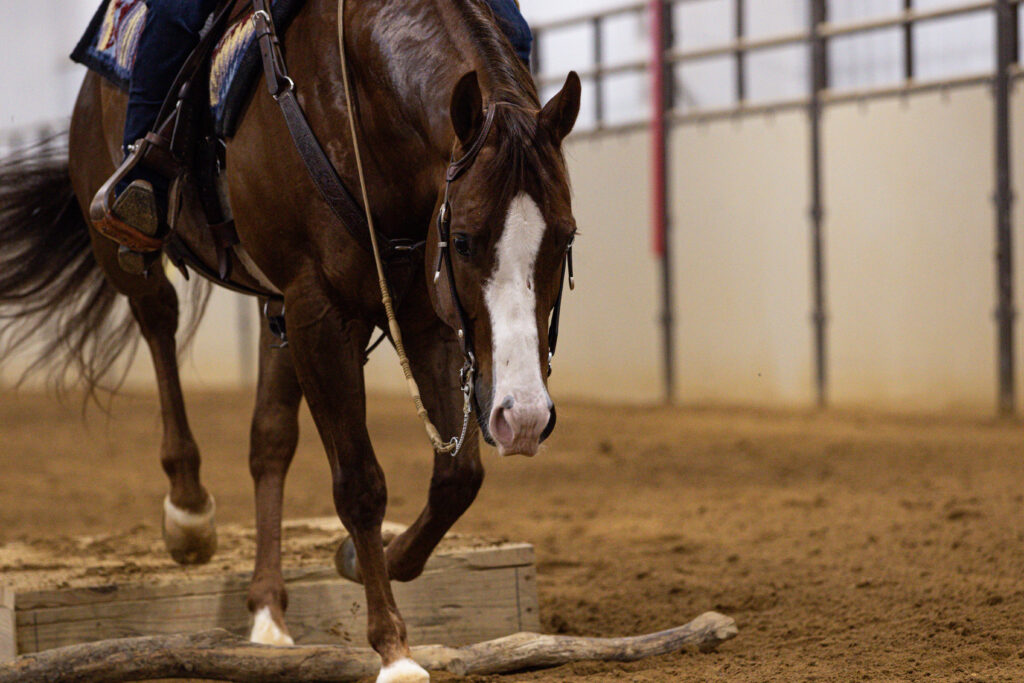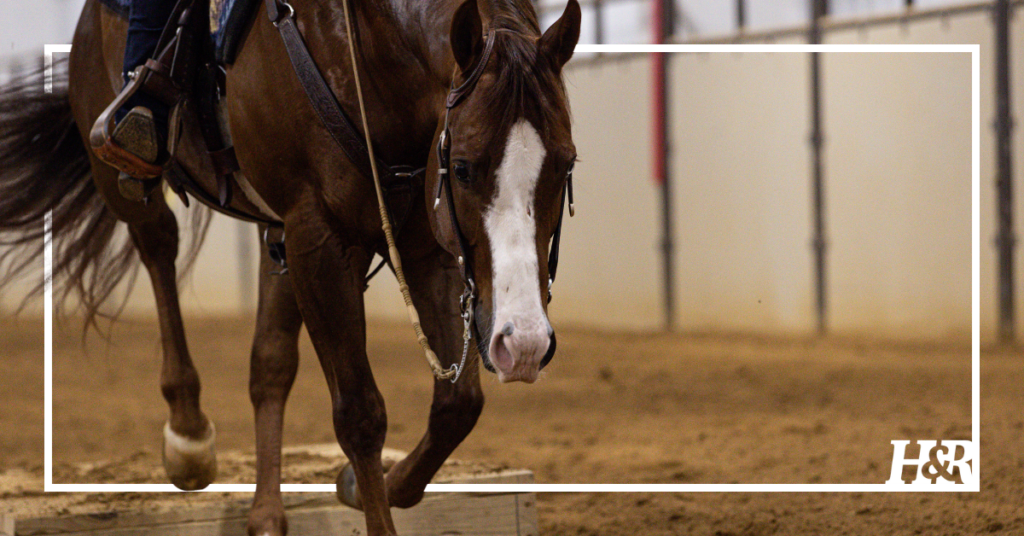Dealing with osteoarthritis in your horse can be challenging. However, with proper management and care, your horse can still lead a comfortable life. Here are some tips on how to keep your horse limber, in shape, and moving with osteoarthritis, brought to you by Zycosan.
Regular movement is crucial for managing osteoarthritis in horses. It is essential to engage in intentional, gentle exercise and daily assessment to adjust to your horse’s condition.
Start with an Assessment
Before starting any exercise routine, it is important to assess your horse’s physical and mental state. Take note of how your horse is moving, any stiffness or hesitation, and if he is favoring a limb. This assessment will help you tailor the exercise session to your horse’s comfort level.
Don’t Overdo It
Avoid repetitive work on hard surfaces and opt for softer footing like grassy fields or well-maintained arenas. Limit work on hills and sharp turns, as they can strain arthritic joints. Be mindful of your horse’s capabilities and adjust the intensity of the exercises accordingly.
Go Low-Impact When Needed
If weight-bearing movement is uncomfortable for your horse, consider alternative methods such as ponying, hot walking, hand-walking, or swimming.

Knowing when to stop is crucial when managing osteoarthritis in horses. If your horse is in pain, it’s time to give him a break. Work with your veterinarian to create a suitable exercise and stretching plan to keep your horse moving comfortably.
Exercises to Try
Here are some stretching and movement exercises you can incorporate into your routine:
- Long, slow walking sessions (10–20 minutes): Ideal for warm-ups or on bad days.
- Serpentine loops and gentle circles: Promote flexibility without impact.
- Stepping over poles at the walk: Improves range of motion and coordination.
- Carrot stretches: Encourages neck and spine flexibility.
- Back-up exercises: Helps with joint engagement and mobility.
- Groundwork with lateral steps: Promotes suppleness and mobility.

